Best Treatment Options for Lung Cancer in 2025
Lung cancer remains one of the most common and deadly cancers globally. With advancements in medical research and technology, the best treatment options for lung cancer have evolved, offering patients more effective and personalized care. In this article, we’ll explore the top lung cancer treatments in 2025, including traditional methods like surgery and radiation, as well as innovative therapies such as immunotherapy, targeted therapy, and gene therapy.
Understanding Lung Cancer
Lung cancer is generally categorized into two main types:
- Non-small cell lung cancer (NSCLC): The most common form, accounting for about 85% of all lung cancer cases.
- Small cell lung cancer (SCLC): A more aggressive form that accounts for around 15% of cases.
The treatment for lung cancer depends on the type, stage, and overall health of the patient. Below are the best treatment options for lung cancer in 2025, each offering unique benefits for patients at different stages of the disease.
Top Lung Cancer Treatment Options in 2025
1. Surgical Treatment for Early-Stage Lung Cancer
Surgery remains a cornerstone treatment for early-stage lung cancer, particularly for NSCLC. If the cancer is localized and hasn’t spread, surgery can often remove the tumor, offering patients the best chance for long-term survival. Common types of surgery include:
- Lobectomy: Removal of a portion of the lung.
- Pneumonectomy: Removal of an entire lung.
- Segmentectomy or Wedge Resection: Removal of a small section of the lung.
2. Radiation Therapy
Radiation therapy uses high-energy beams to target and destroy cancer cells. This treatment is often used for patients who cannot undergo surgery due to the location of the tumor or poor health. New advancements, such as stereotactic body radiation therapy (SBRT), have made radiation therapy more precise, minimizing damage to surrounding healthy tissue.
3. Chemotherapy
Chemotherapy remains a standard treatment for advanced lung cancer and is often used in conjunction with other therapies. Chemotherapy works by killing fast-growing cancer cells, and while it can be effective, it often comes with significant side effects. New research in chemotherapy regimens aims to reduce side effects while maintaining efficacy.
4. Immunotherapy for Advanced Lung Cancer
One of the most exciting developments in lung cancer treatment is immunotherapy, which helps the body’s immune system recognize and attack cancer cells. In 2025, several immune checkpoint inhibitors, such as PD-1 inhibitors and PD-L1 inhibitors, are showing great promise for patients with NSCLC and SCLC. These treatments work by blocking proteins that prevent the immune system from attacking cancer cells.
5. Targeted Therapy for Lung Cancer
Targeted therapy is a cutting-edge treatment that focuses on specific genetic mutations within cancer cells. By targeting these mutations, drugs can block the growth and spread of cancer while minimizing damage to healthy tissue. Drugs like EGFR inhibitors, ALK inhibitors, and ROS1 inhibitors are increasingly being used for patients with specific genetic mutations in lung cancer cells.
6. Gene Therapy and Personalized Medicine
Gene therapy is still in the early stages but offers hope for patients with treatment-resistant lung cancer. By modifying the genetic material of cancer cells or boosting the patient’s immune response, gene therapy aims to provide more effective treatments with fewer side effects. Personalized medicine is also a growing field, where treatment is tailored based on the patient’s genetic profile and the specific characteristics of their cancer.
How These Treatments Are Improving Survival Rates
The combination of personalized treatments and advanced therapies has significantly improved survival rates for patients with lung cancer. In particular:
- Immunotherapy has been a game-changer for patients with advanced NSCLC and SCLC, increasing response rates and survival.
- Targeted therapies have greatly improved outcomes for patients with specific mutations, offering more effective treatments with fewer side effects compared to traditional chemotherapy.
- New technologies in radiation therapy and surgical techniques allow for better precision, reducing complications and improving recovery times.
Comparison of Lung Cancer Treatment Options
| Treatment Type | Best For | Benefits | Side Effects | Key Drugs/Techniques |
|---|---|---|---|---|
| Surgical Treatment | Early-stage NSCLC | High potential for cure, especially in localized tumors | Risk of complications, recovery time | Lobectomy, Pneumonectomy, Segmentectomy |
| Radiation Therapy | Patients unable to undergo surgery, localized tumors | Minimizes spread, non-invasive | Fatigue, skin irritation, lung damage | SBRT, conventional radiation therapy |
| Chemotherapy | Advanced lung cancer | Effective for reducing tumor size | Hair loss, nausea, weakened immune system | Platinum-based drugs, taxanes, alkylating agents |
| Immunotherapy | Advanced NSCLC, SCLC | Stimulates the immune system to fight cancer | Fatigue, immune-related side effects | PD-1 inhibitors, PD-L1 inhibitors |
| Targeted Therapy | Patients with specific genetic mutations | More effective for certain mutations, fewer side effects | Skin problems, diarrhea, fatigue | EGFR inhibitors, ALK inhibitors, ROS1 inhibitors |
| Gene Therapy | Treatment-resistant lung cancer | Potential to target cancer more precisely | Still in early stages, experimental | Experimental techniques |
Conclusion: What’s Next for Lung Cancer Treatment in 2025
Lung cancer treatment options in 2025 are more diverse and personalized than ever before. With new therapies like immunotherapy, targeted therapy, and gene therapy, patients have more opportunities for effective treatment, even in advanced stages. As research continues to progress, we can expect even more breakthroughs that will further improve survival rates and quality of life for lung cancer patients.
Patients are encouraged to discuss the latest treatment options with their healthcare providers to determine the best course of action based on their specific type and stage of lung cancer.
Explore
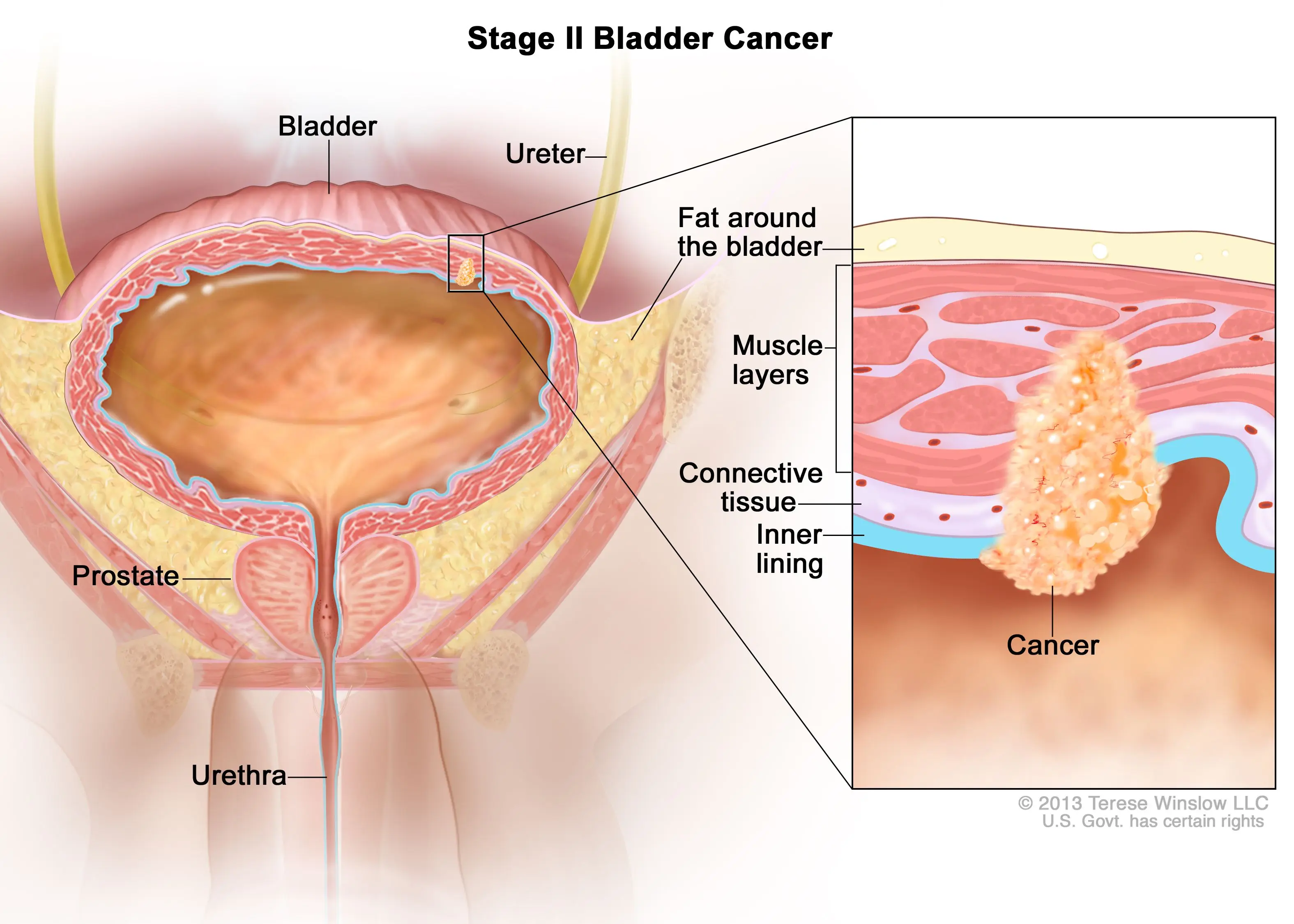
Top Bladder Cancer Treatment Options You Should Know About
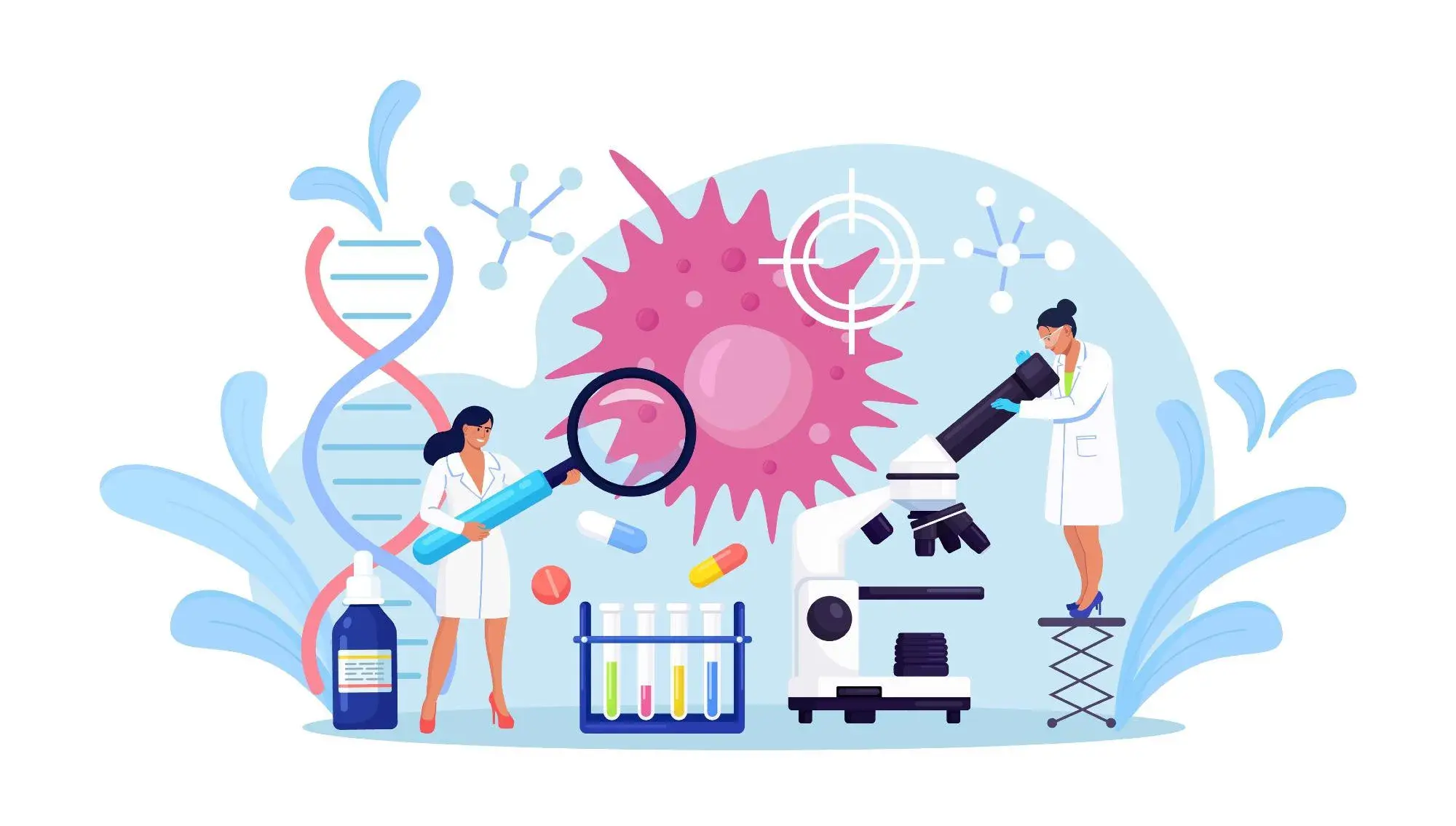
Cancer Treatment Breakthroughs: What’s on the Horizon in 2025?
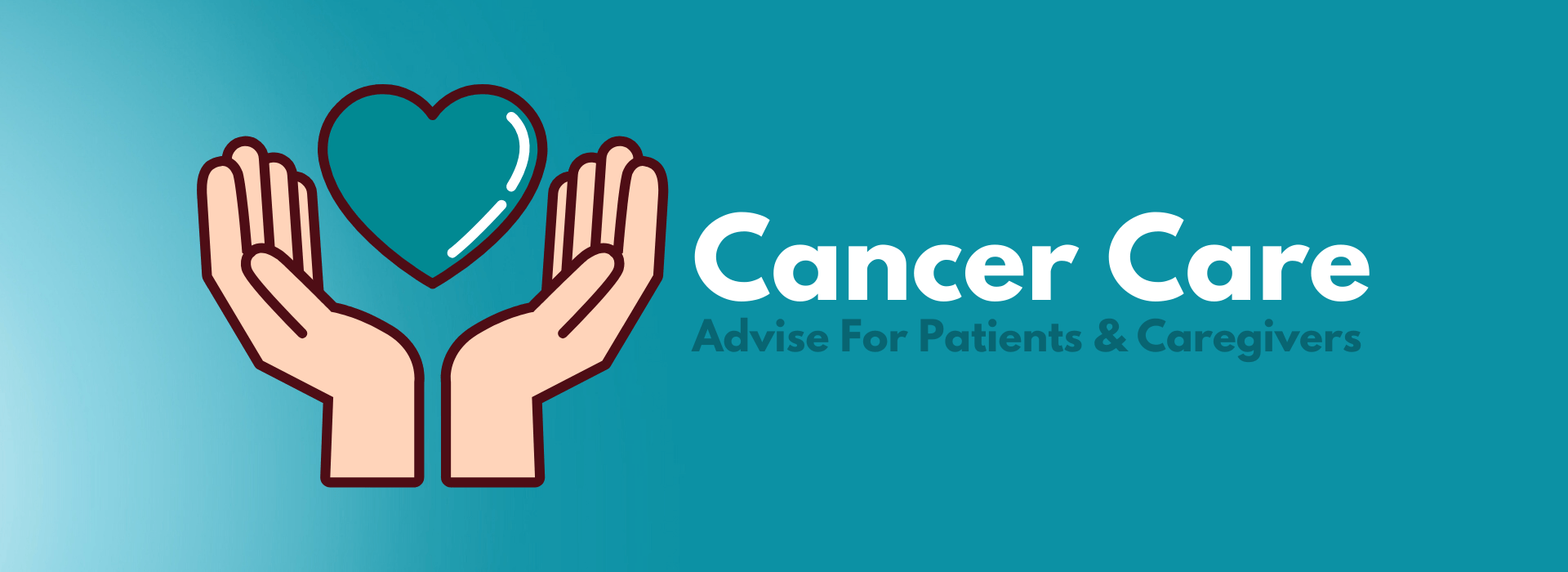
Mental Health and Cancer Care: The Importance of Emotional Support During Treatment

New Breakthroughs in Advanced Prostate Cancer Treatment
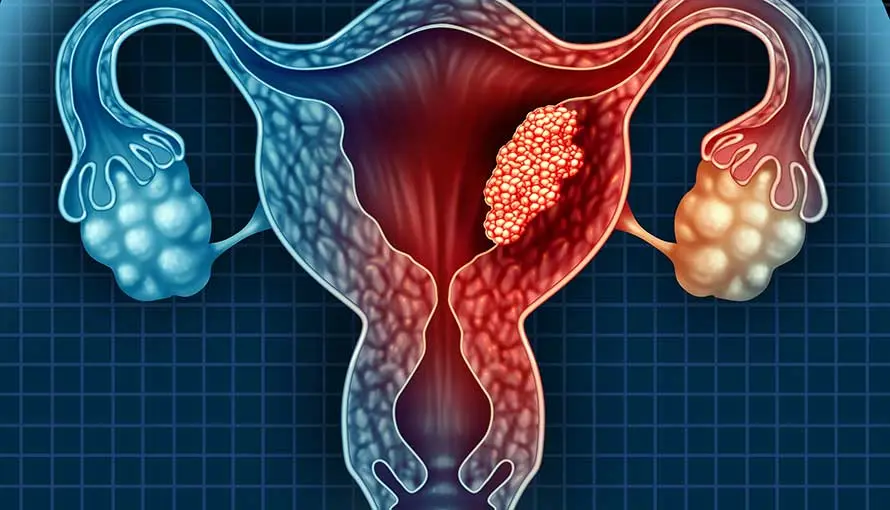
Understanding Uterus Cancer Treatment: What’s New in 2025?
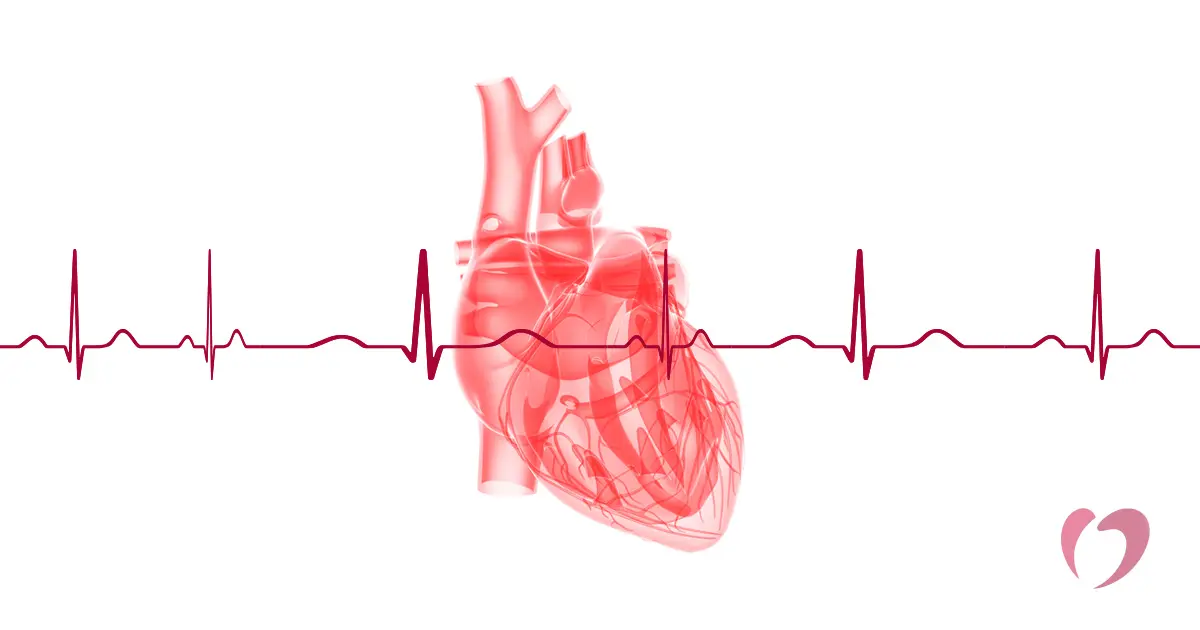
Understanding Heart Arrhythmia: Common Causes and Treatment Options
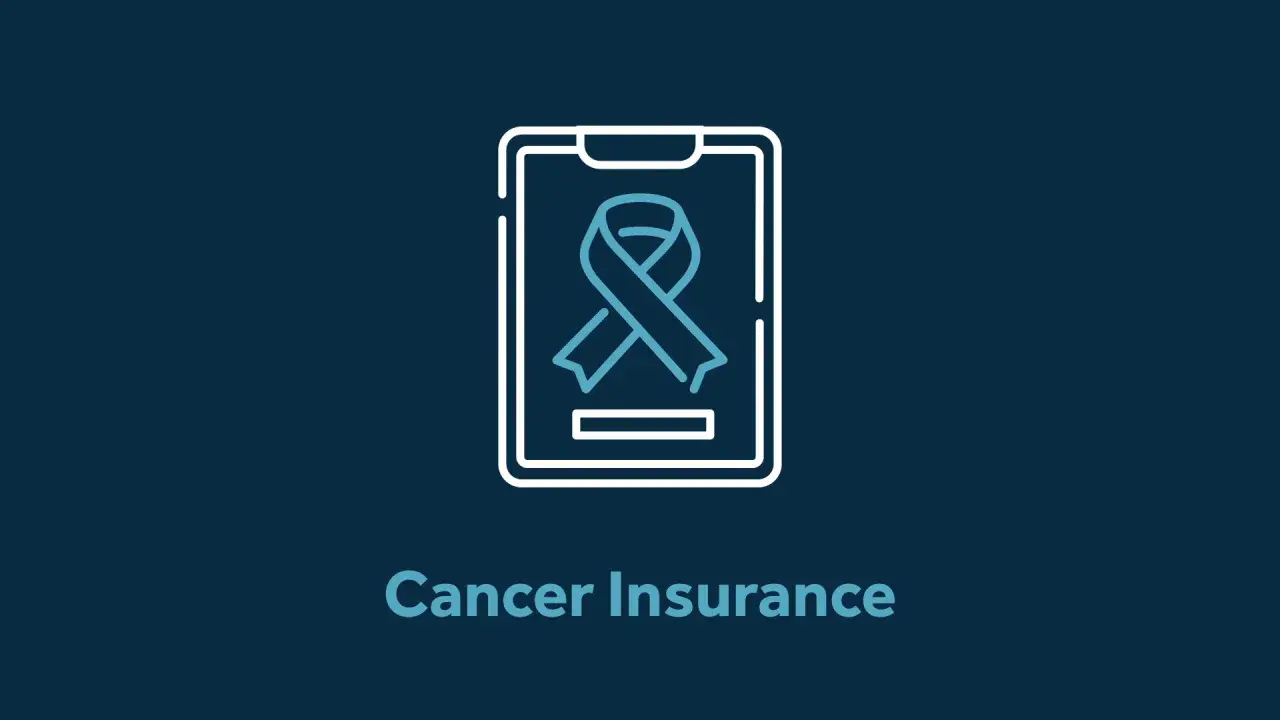
Understanding Cancer Insurance: Why It's Essential for Your Health Coverage
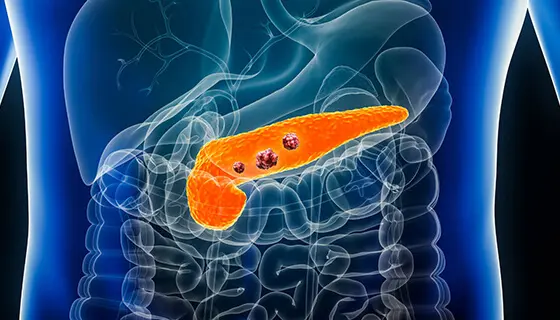
What Are the Most Effective Pancreatic Cancer Treatments in 2025?
